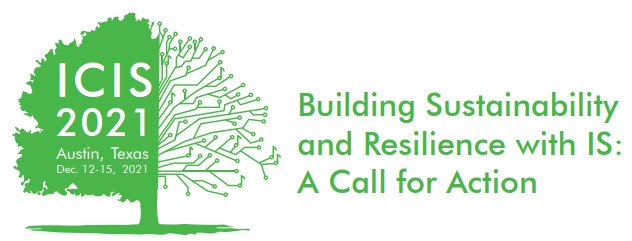Loading...
Paper Number
1627
Paper Type
short
Description
Road freight transportation presents a vital element of our economies while heavy-duty truck drivers (HTDs) make use of emerging technologies for operations. However, the work environment of HTDs is yet characterized by time pressure, social isolation, and safety concerns. Surprisingly, scientific knowledge about driver’s well-being and mood enhancement scarcely exists in the context of IS. This paper addresses the research gap by the exploration of a mood-based truck driver assistance system (MTDAS) – the “Truck Buddy”. We establish a design science research (DSR) project to explore the requirements and design objectives of an MTDAS based on data from a comprehensive literature review and expert interviews. Our results indicate that a context-sensitive MTDAS can assist HTDs well-being by five design objectives enabling system integration, communication, mood-detection, automated driver support, and the provision of driver feedback. This first iteration step constitutes a foundation for further evaluations and developments within a continuous DSR process.
Recommended Citation
Heinbach, Christoph; Gravemeier, Laura Sophie; Dittmer, Anke; Kochon, Enrico; Gösling, Henning; and Thomas, Oliver, "The Truck Buddy: Towards a Mood-Based Truck Driver Assistance System" (2021). ICIS 2021 Proceedings. 10.
https://aisel.aisnet.org/icis2021/is_future_work/is_future_work/10
The Truck Buddy: Towards a Mood-Based Truck Driver Assistance System
Road freight transportation presents a vital element of our economies while heavy-duty truck drivers (HTDs) make use of emerging technologies for operations. However, the work environment of HTDs is yet characterized by time pressure, social isolation, and safety concerns. Surprisingly, scientific knowledge about driver’s well-being and mood enhancement scarcely exists in the context of IS. This paper addresses the research gap by the exploration of a mood-based truck driver assistance system (MTDAS) – the “Truck Buddy”. We establish a design science research (DSR) project to explore the requirements and design objectives of an MTDAS based on data from a comprehensive literature review and expert interviews. Our results indicate that a context-sensitive MTDAS can assist HTDs well-being by five design objectives enabling system integration, communication, mood-detection, automated driver support, and the provision of driver feedback. This first iteration step constitutes a foundation for further evaluations and developments within a continuous DSR process.
When commenting on articles, please be friendly, welcoming, respectful and abide by the AIS eLibrary Discussion Thread Code of Conduct posted here.



Comments
05-Work